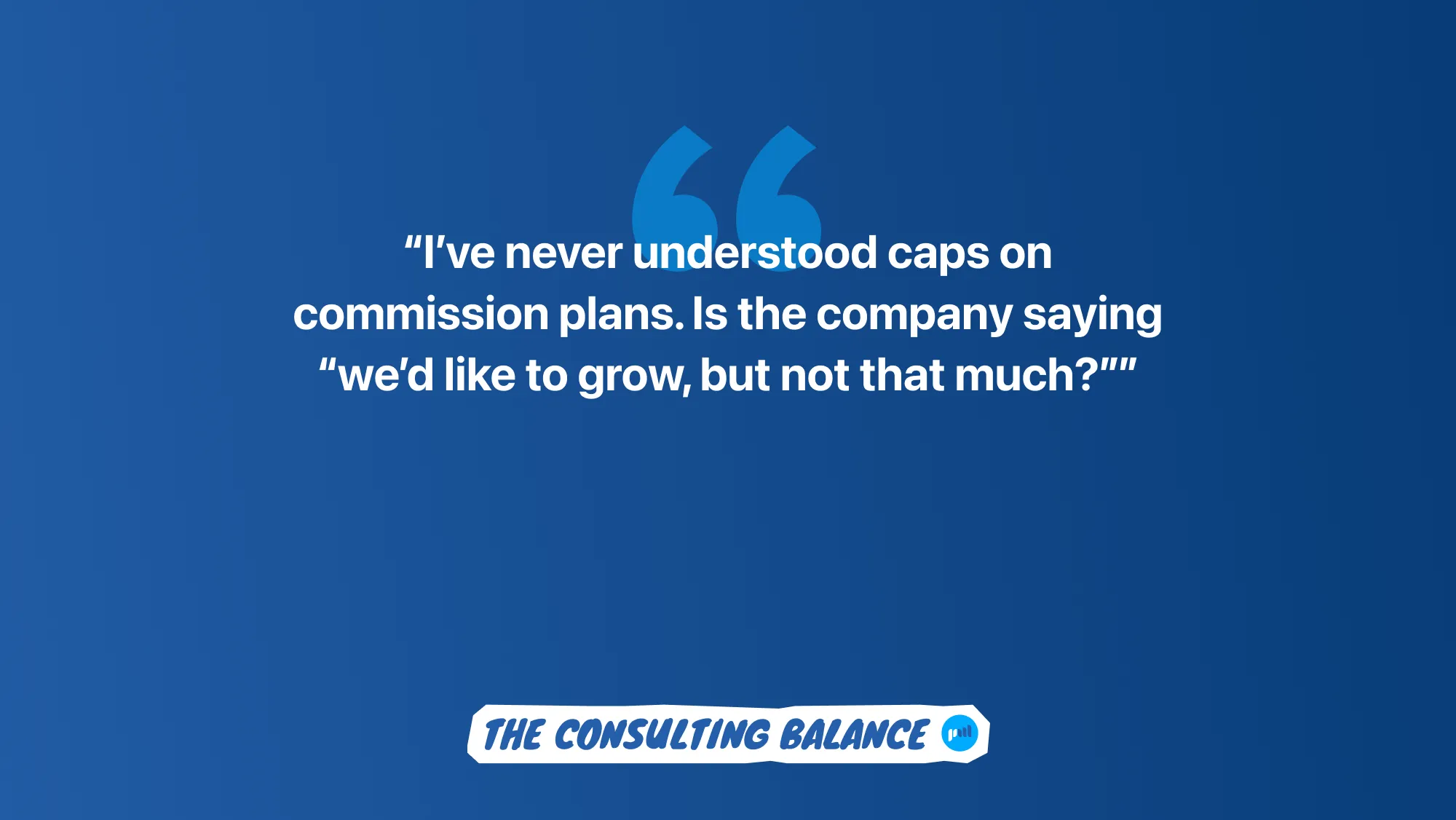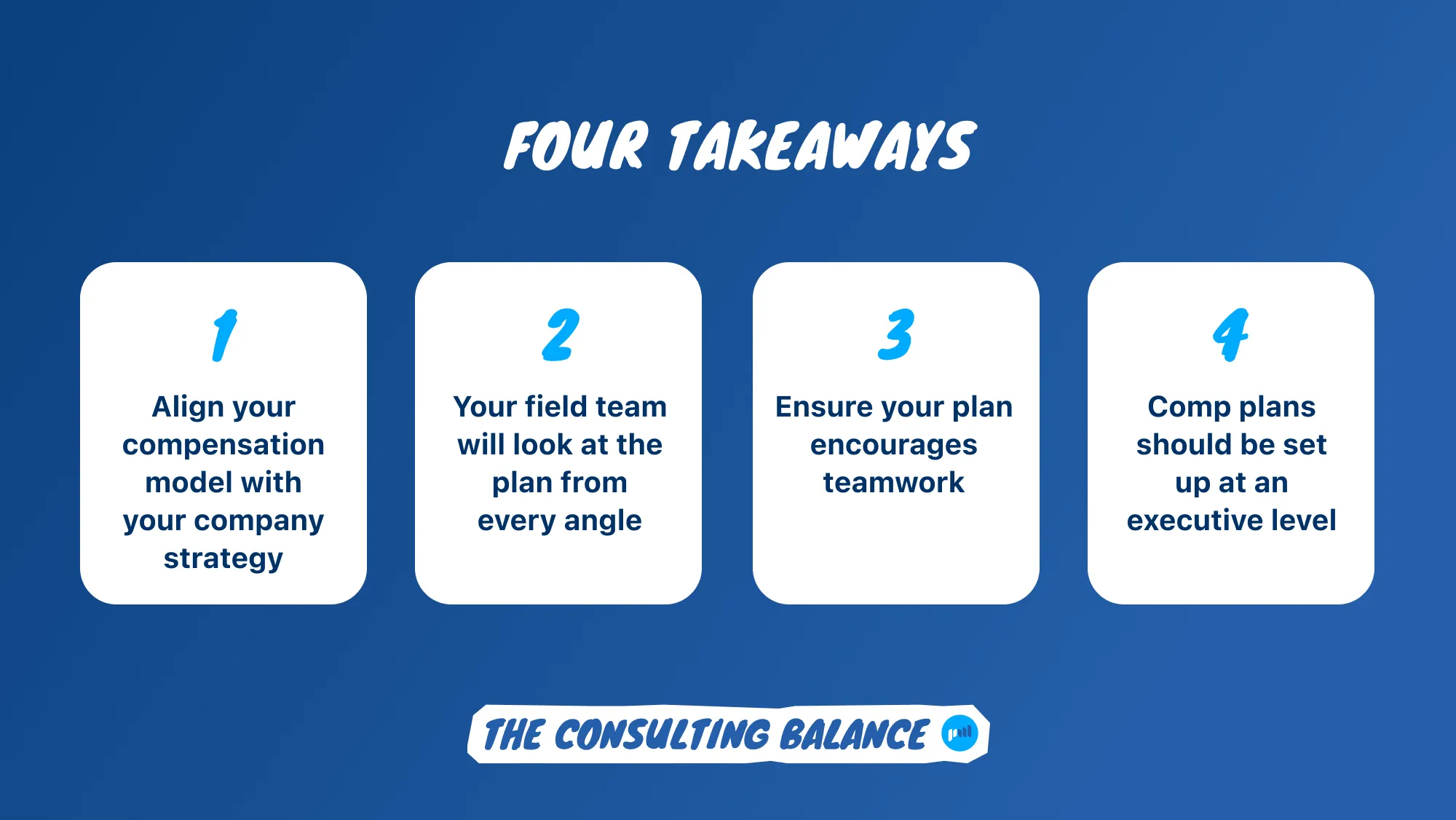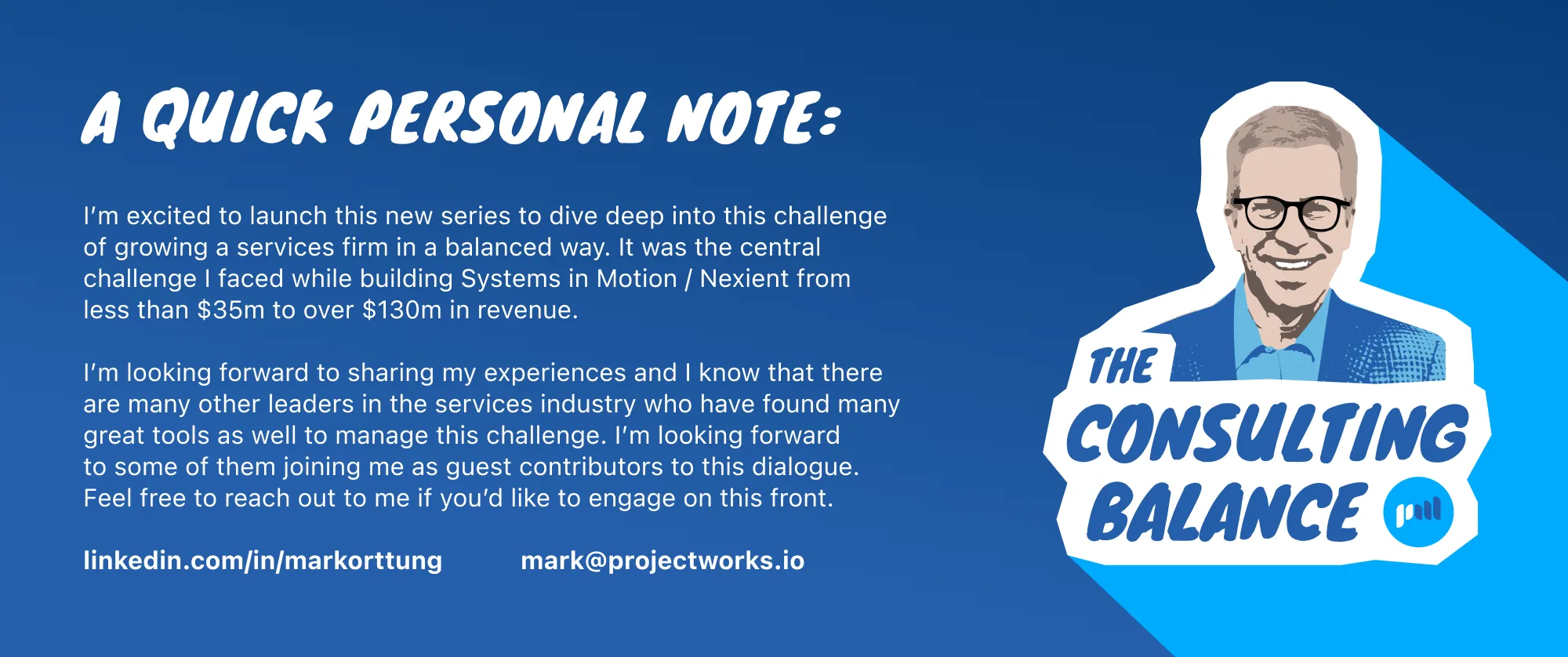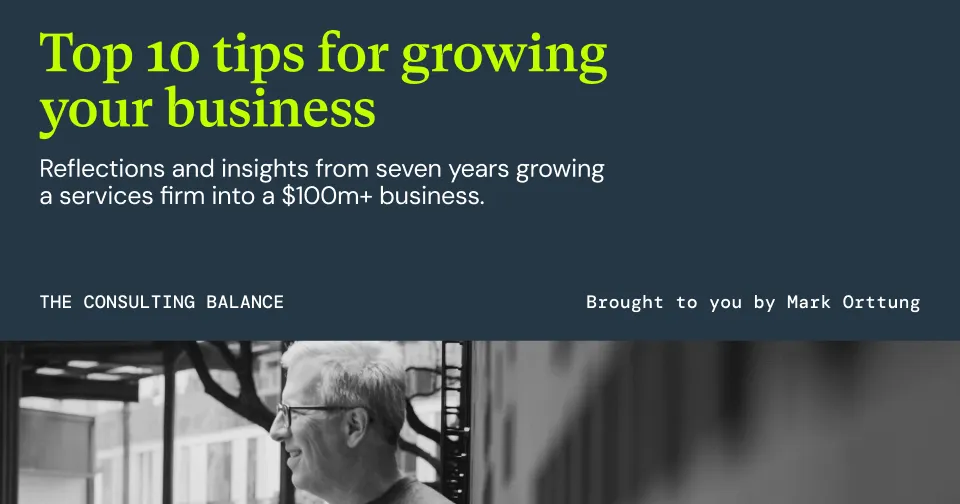The science of setting compensation plans

Mark shares an experience when he reworked the field team’s comp plan and ensured better teamwork.
In 2017, just as it was looking like we’d need to lay off between 50 and 100 people, we turned things around. In my last article I shared how we avoided these layoffs and how I managed to keep my job. In fact it was the beginning of 20 consecutive quarters of growth. For five years straight each quarter’s revenue was greater than the quarter before it. Nexient was certainly heading where we wanted it to go.
A crucial ingredient in driving this growth was the compensation model we introduced. When I arrived at Nexient, the model for our client partners was complex. The backbone of our client teams, client partners needed to be practitioners with deep expertise in software product development as well as talented sales people. It’s difficult to find people with this skillset, let alone attract and retain them, so we needed a world-class compensation model for them.
In our organization, we also had sales executives. They were responsible for opening doors to new clients and new divisions of large, existing clients. These people were excellent at building strong relationships, helping us to work closer with prospects to deliver a better answer to their requirements.
Client partners and sales executives would ideally work together. However with the compensation model in place in 2017, client partners preferred not to. This was because they were paid at one rate if they sold client work directly, but half that if they had a sales executive involved in the process. Good customer facing people will always figure out how to optimize their earnings, so in this case, they quickly developed a habit of excluding the sales executives from any leads. I needed this to stop for a number of reasons:
- It’s always best to team up to help a client – it brings different perspectives and makes you a better listener.
- As much as client partners rate their client building skills, this is what sales executives get paid to do.
- Having two people involved in a process builds in some redundancy. If one person is out for a while or leaves the company, things can continue.
The steps to calculating a compensation model do not make for the most riveting read, but I want to broadly share with you what we did in case you are looking to do the same.
We first looked at how much the business could actually afford to spend on sales compensation. In our financial model, we wanted expense for the sales team to run at a certain percentage of revenue. To keep the math simple, let’s use 4% as the target. This would mean that when they hit their plan, both the sales executives and the client partners would each make approximately 2% of revenue.
In addition to greater team cohesion we had two other key drivers of our plan - profitability and growing existing accounts. We wanted the team to drive the right level of profit margin, and we had a great list of clients who we needed to focus on delighting more (the best measure of this was whether they spent more money year on year with us, so we set the target at 25% growth annually).
Whether a team hit their plan or not was complex, especially for the client partners. We gave them two “multipliers” (our two key drivers) that affected where their percentage of revenue landed. We’d start with the 2% of revenue mentioned above and then multiply by our two key drivers to determine their percentage:
- Margin – This would set a target margin level and for that level, we’d multiply by 1. If they hit much lower, we’d multiply by as little as .5 and if they really exceeded their target margin, it could go up to 1.2. So, based on this factor alone, their payout could range from 1% of revenue to up to 2.4% of revenue.
- Growth – The target for growth for an account year-over-year was 25%. So if an account had grown that much, this factor would be 1. If an account had grown less than 15% for the year, this factor would go down to .5. So this factor alone could make the 2% target range from 1% to 2% of revenue.
When you put both factors together, you’d get a fairly wide range. If both factors were at their lowest level (missing the account margin target and less than 15% growth), your payout would be 2% x .5 x .5 or .5% of revenue. If both factors were at their highest (exceeding the target for account margin and 25%+ growth), your payout would be 2% x 1.2 x 1 or 2.4% of revenue.

With a winning compensation strategy your company can’t lose
There were a lot of things about this model that worked very well:
- It attracted people who would be a good fit for the early stage of the company. We needed people who were going to be entrepreneurial and thrive without a lot of structure. Strong candidates, who were highly confident in their abilities, would look at this model and realize they could make a lot of money. People who needed more guarantees and structure than we could offer would look at it and think it was too risky.
- It was different to what most large companies were offering. Many of them had a cap on compensation for their field. These caps were usually put in place to make sure nobody was exceptionally overpaid. They would be set at something like 50% of their base salary. People at leading firms would see our model and be even more attracted by its potential.
- It was fully aligned with our needs as a company. The more someone could sell and manage, the more it fit our financial model. The best thing that could happen to us was that someone blew up the forecast and sold a very large amount of revenue. We’d pay them a lot, but it just meant that we’d drive revenue growth for Nexient within the model we set up. The more the merrier.
- It aligned our team. Our client partners were now paid at the same rate working with or without our sales executives. I sometimes had to nudge them to get back into this habit, but the argument was pretty straightforward - wouldn’t you be better off working with someone on this than by yourself?
It had its challenges too. One of them was that it didn’t line up with GAAP (our core accounting practices). When our finance team created interim reports, it was difficult for our field team to see exactly how much they would earn. Also, after finance closed the books for a period, they’d have to spend a fair bit of time calculating these commissions. It was a lot of work, but worth it for the way it aligned our field with our strategy.

The science of calculating staff compensation may seem very numbers based, but the figures come from underlying drivers around company culture and behavior:
- Align the model with the company’s financials and then turn the team loose. It’s critical that the model you build for your field team is tightly aligned with your company strategy. You want it set up so that if the team keeps going, they and the company win. I’ve never understood caps on commission plans. Is the company saying “we’d like to grow, but not that much?”
- Think about all of the angles on the plan – the field team will. You really have to think through every angle of a new comp plan. One example of this is that for brand new clients, there is no year-over-year growth rate, so we’d just pay out full credit for growth for the first year. A good field team follows the money so consequently pushed hard to get more new clients. This wasn’t what we designed in, but it wasn’t the worst side effect either.
- Never compensate for behavior that takes away from a team effort. When the plan paid more for client partners who worked on their own, it put incentives in place to do exactly what the company didn’t want. Once we addressed that (and people got over bad habits), we consistently had a better team approach on new and existing client relationships.
- Executives should own these plans – don’t hand them off. They are the point at which your strategy comes to life. I worked very closely with my leadership team to build these plans and think through all the angles. It’s so critical to the company’s success and how the team approaches clients. I couldn’t imagine handing this off and not being involved in setting it up.



.webp)
